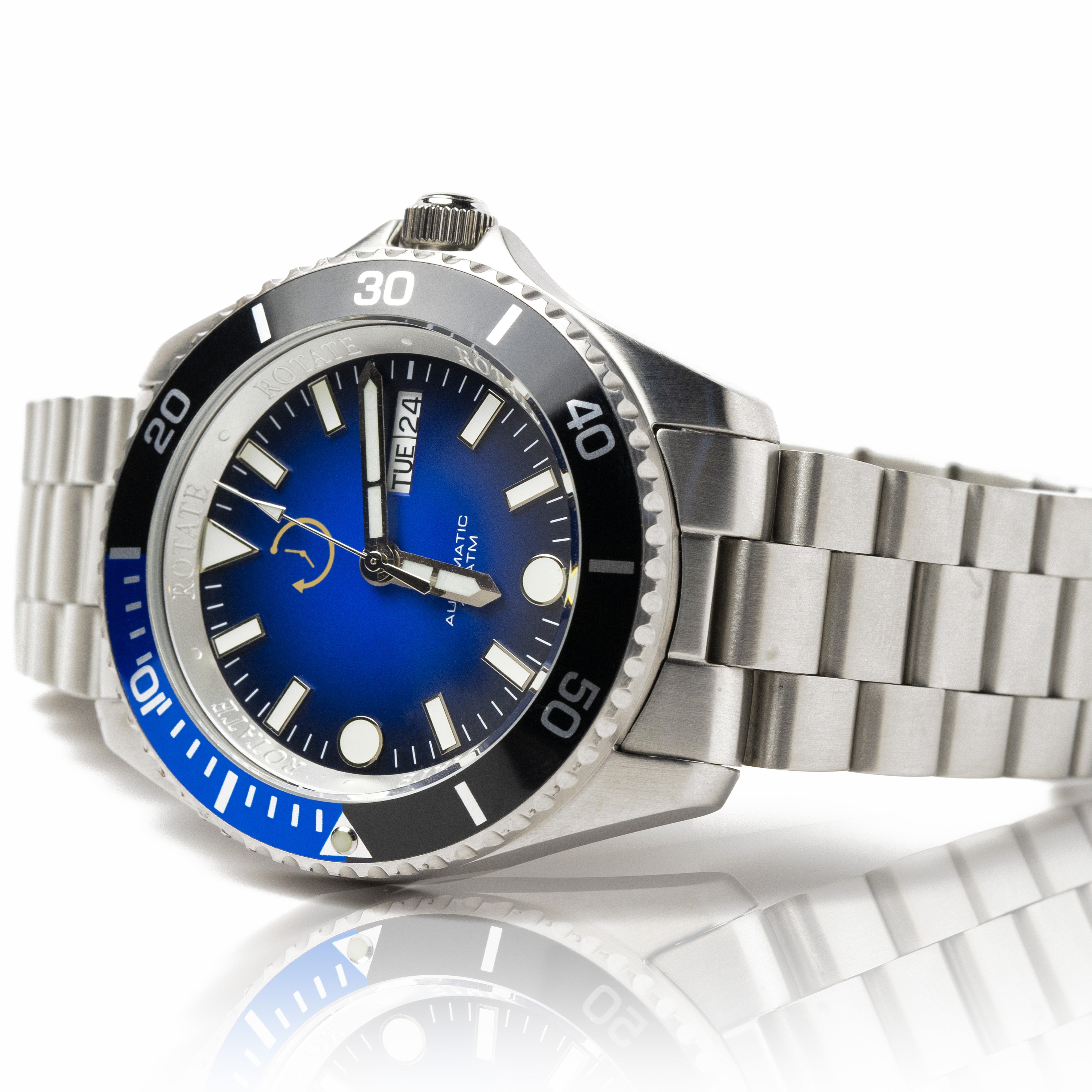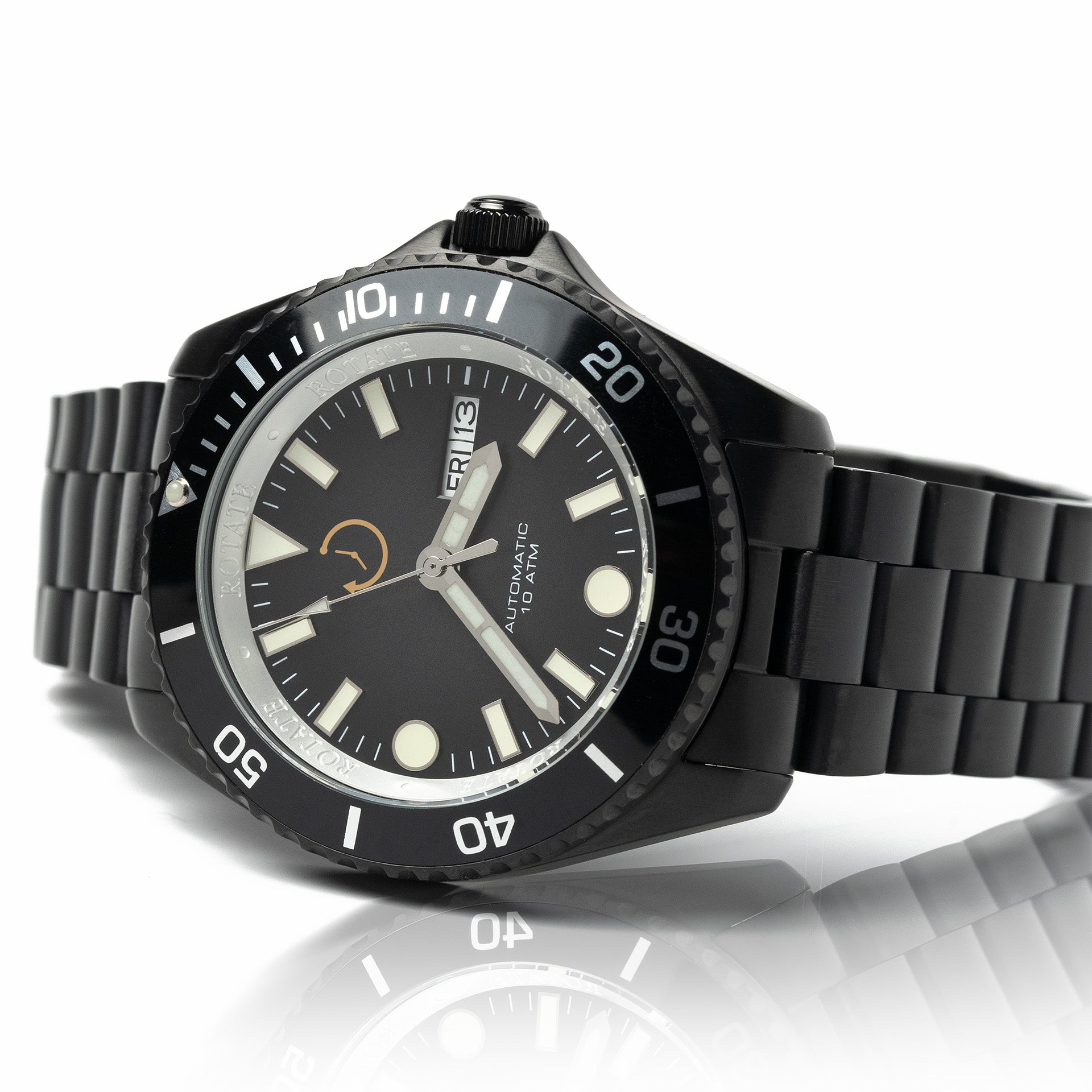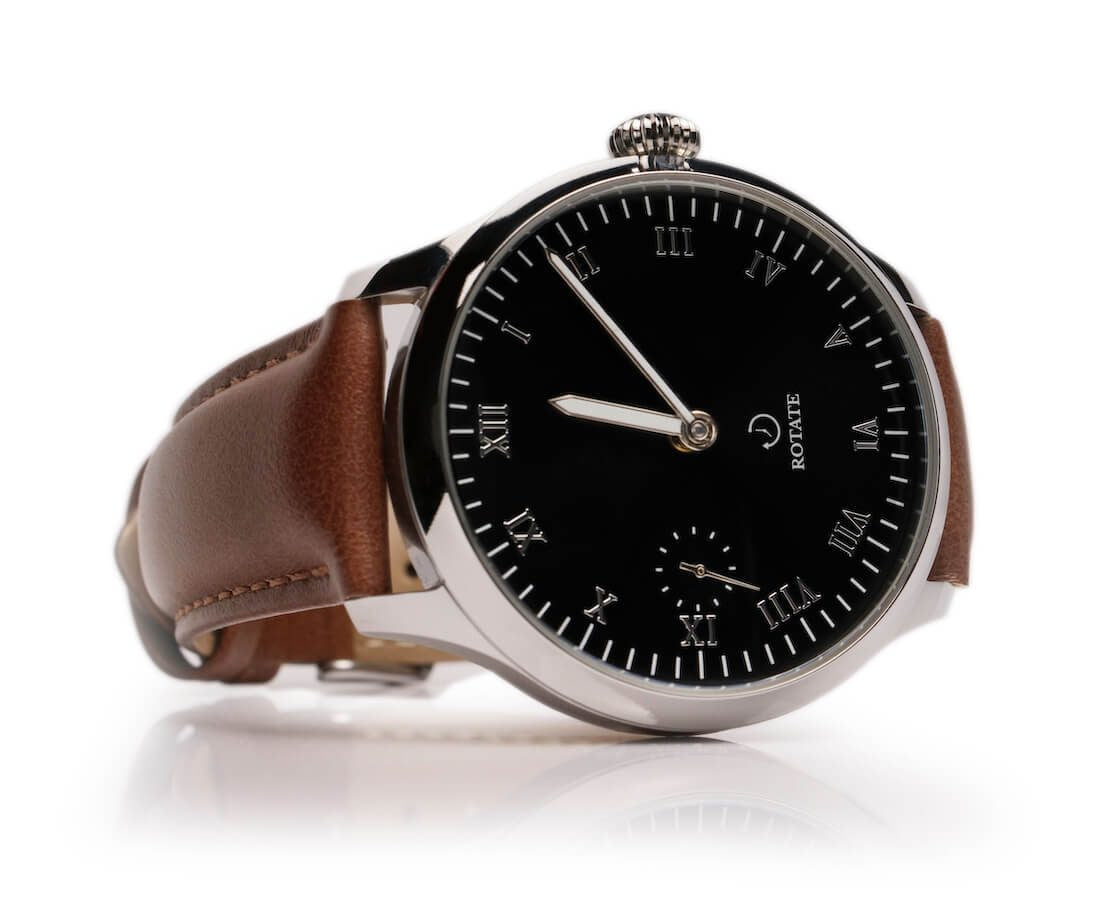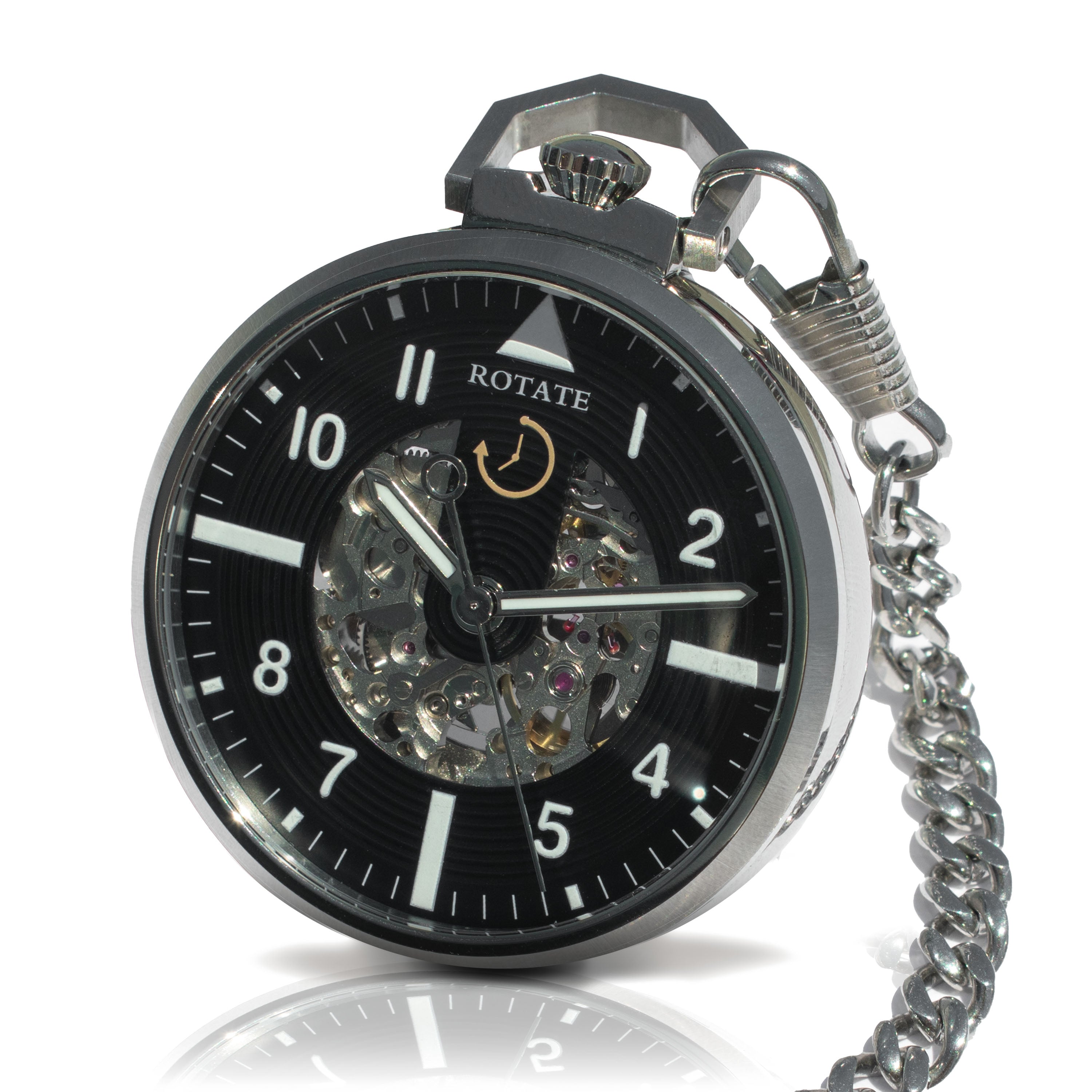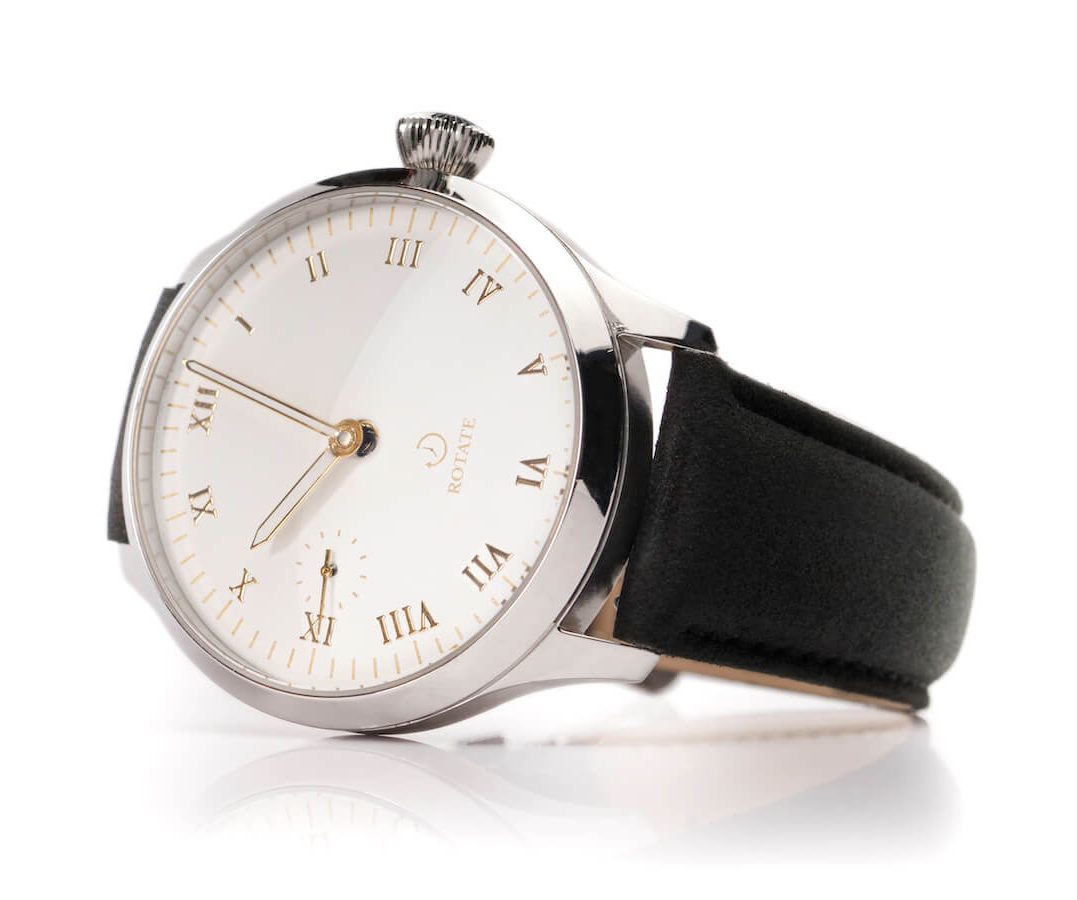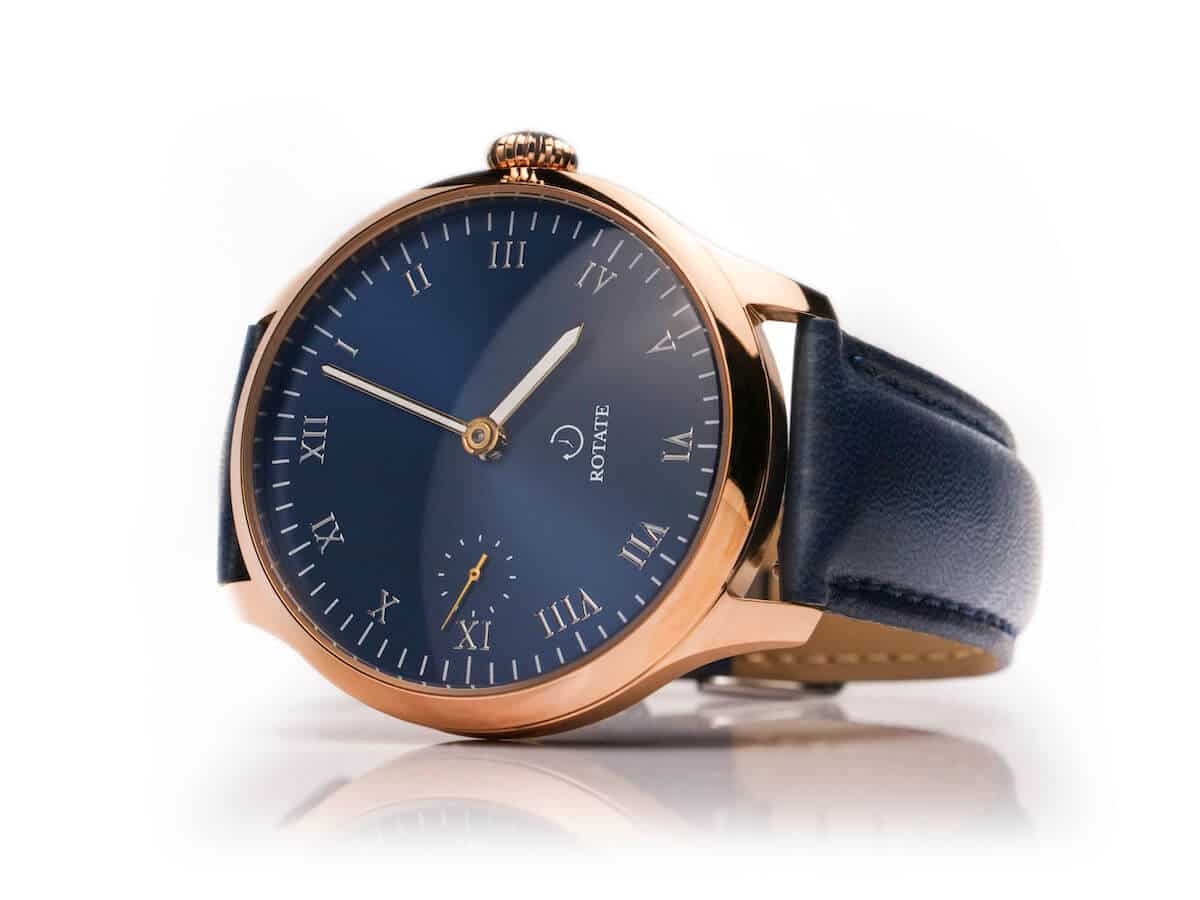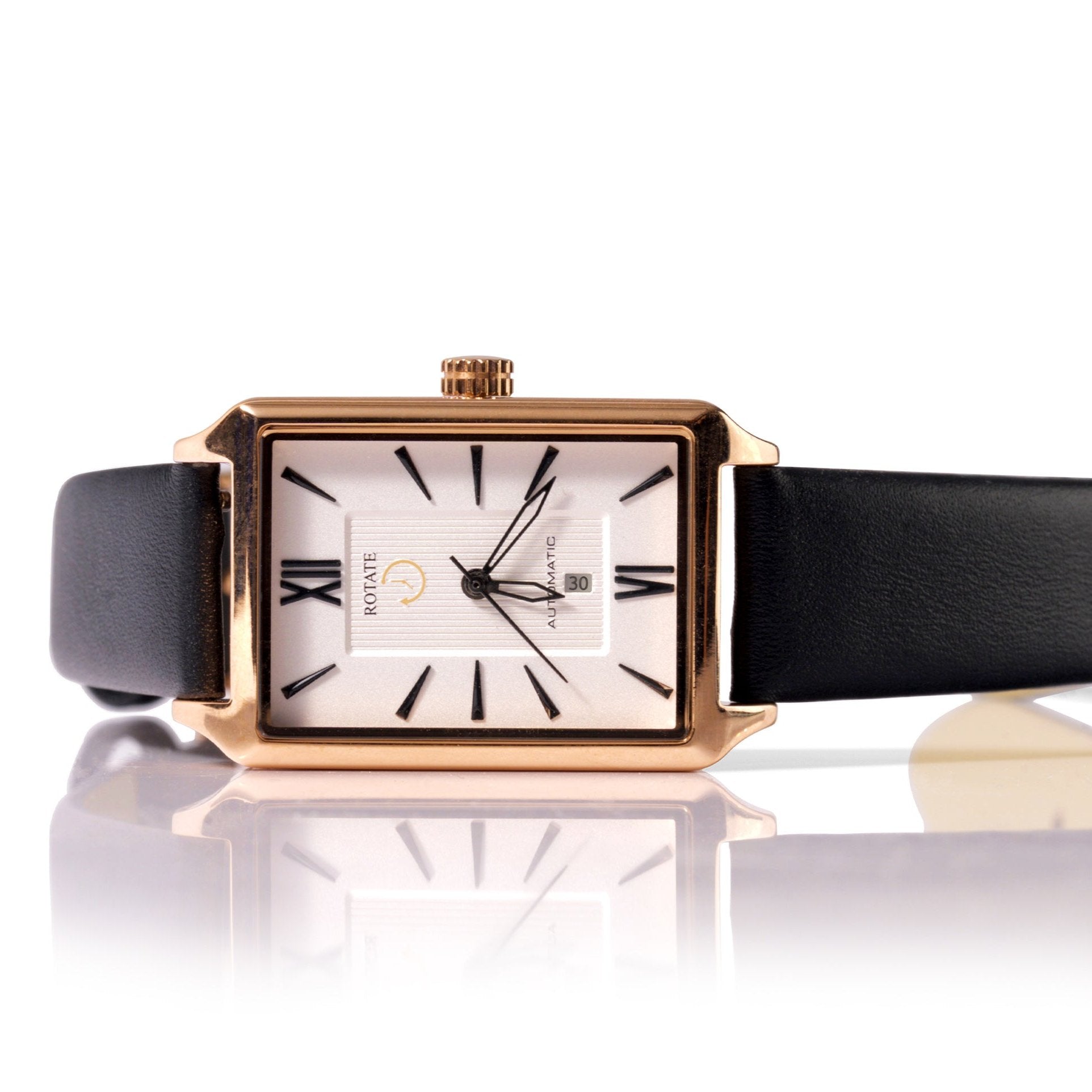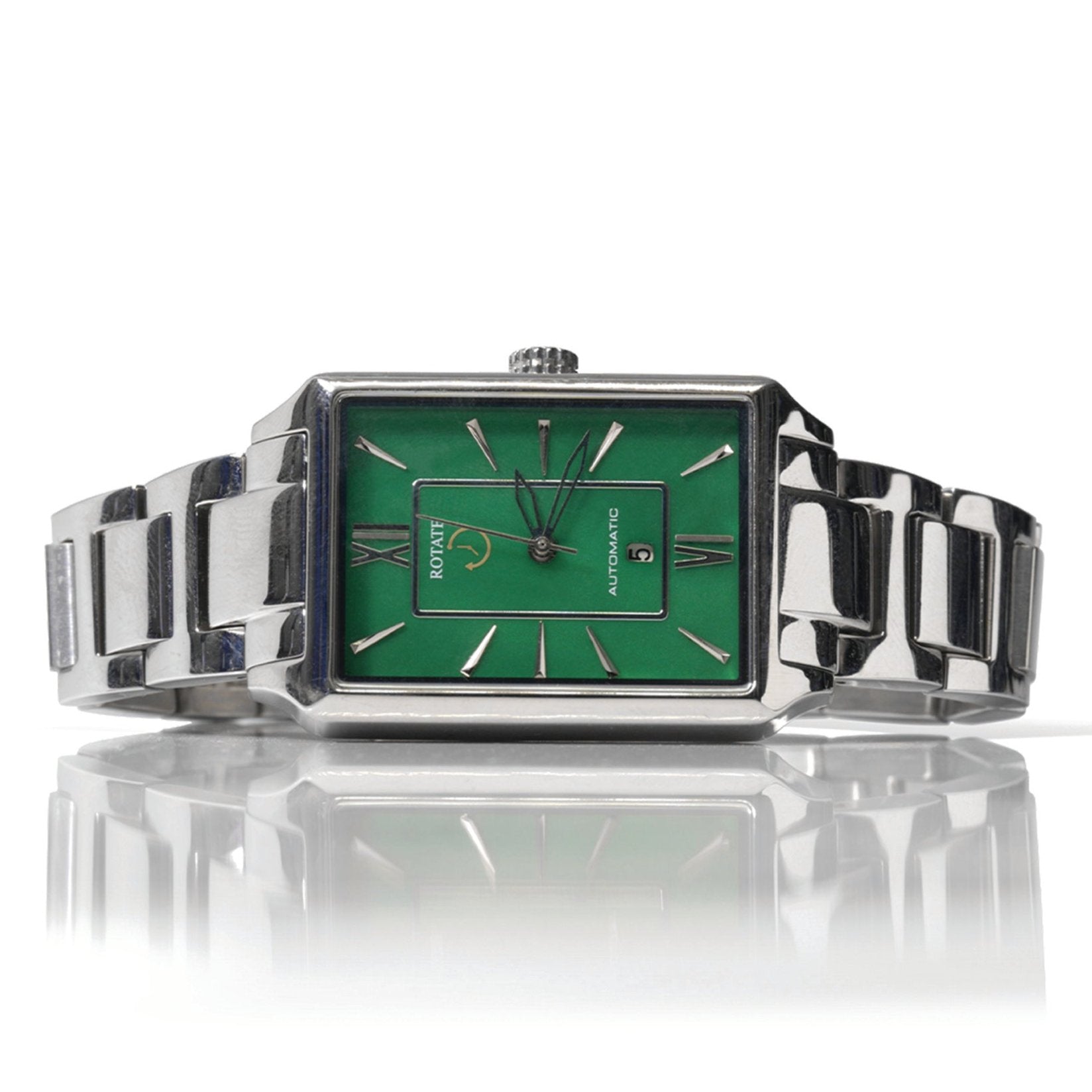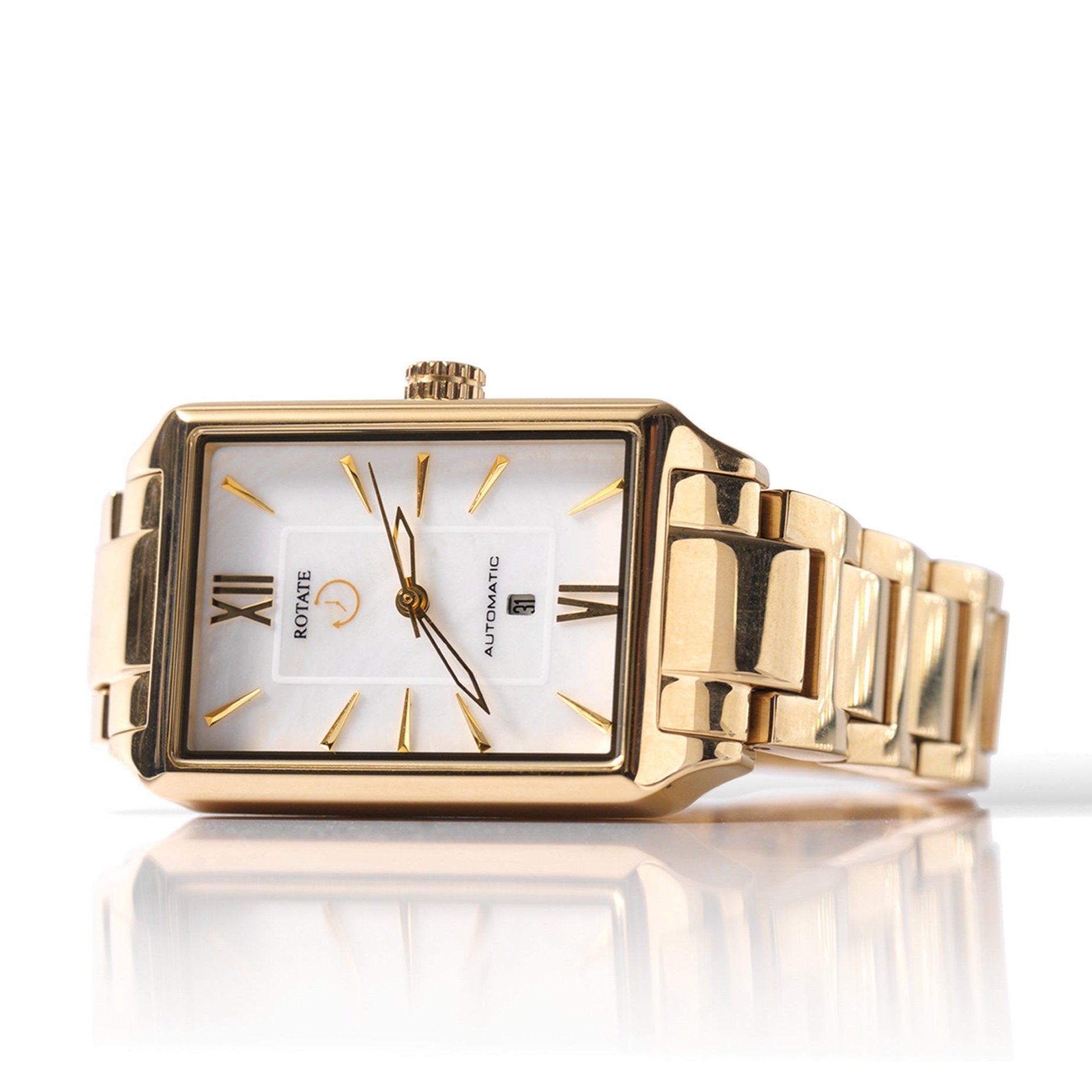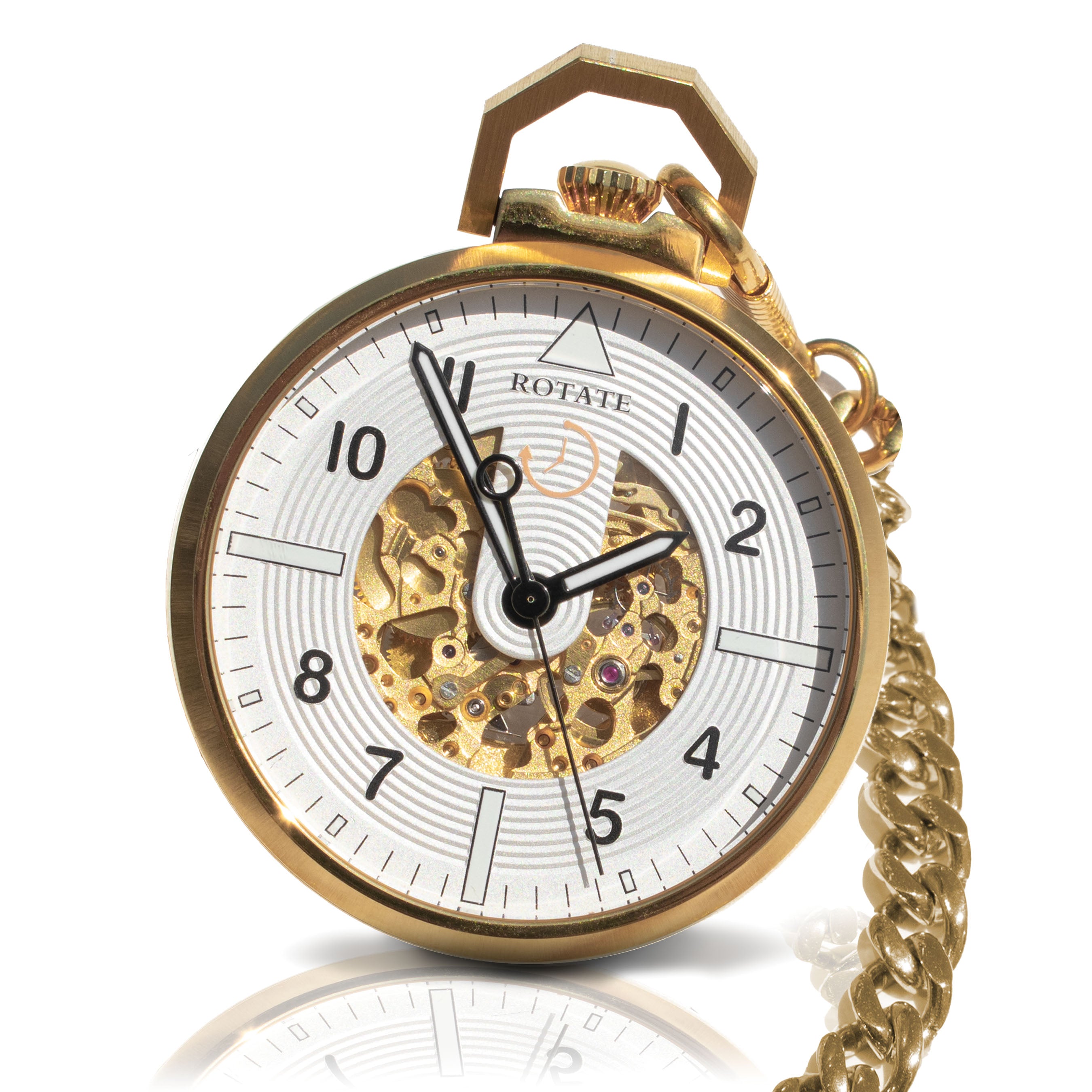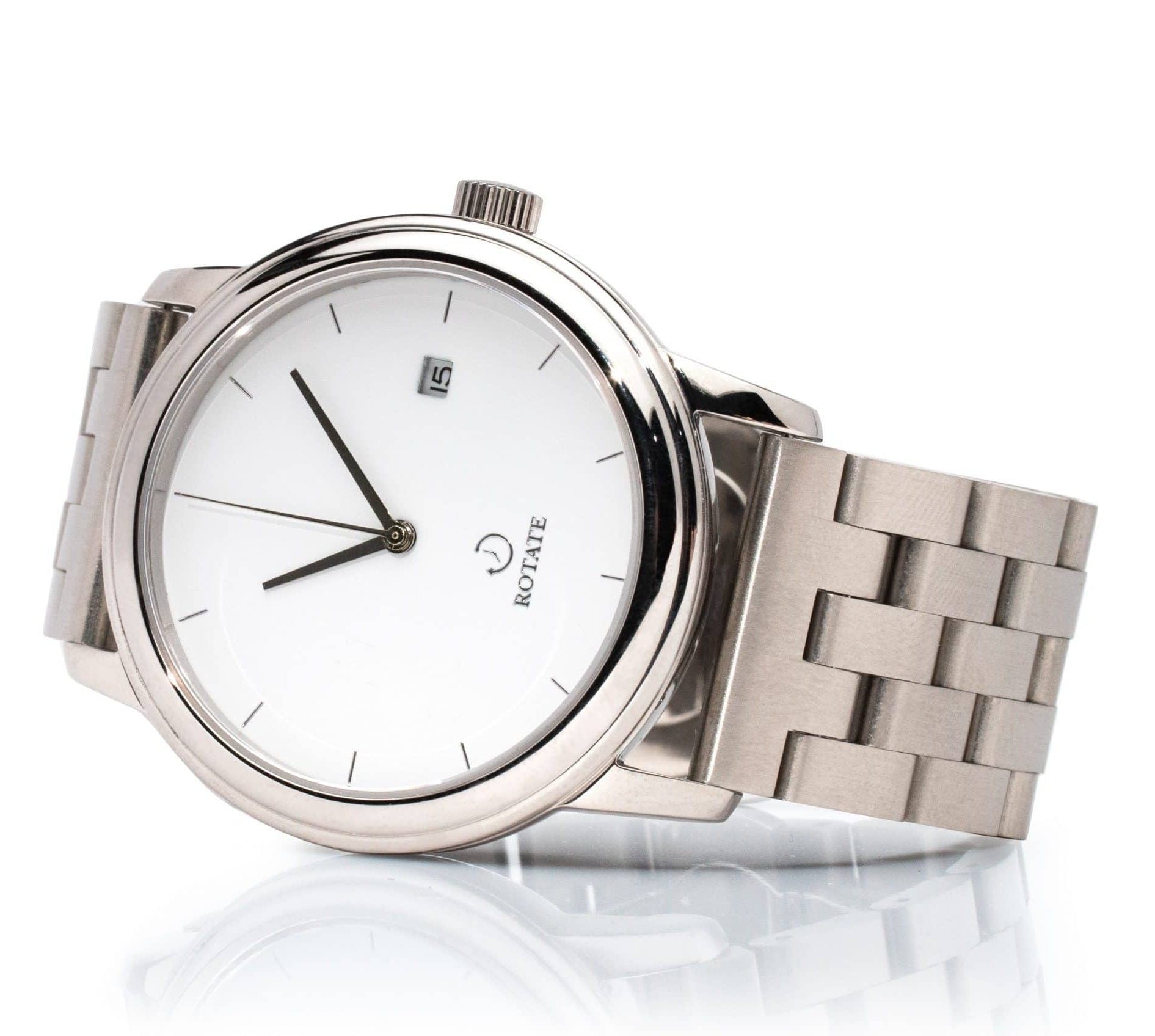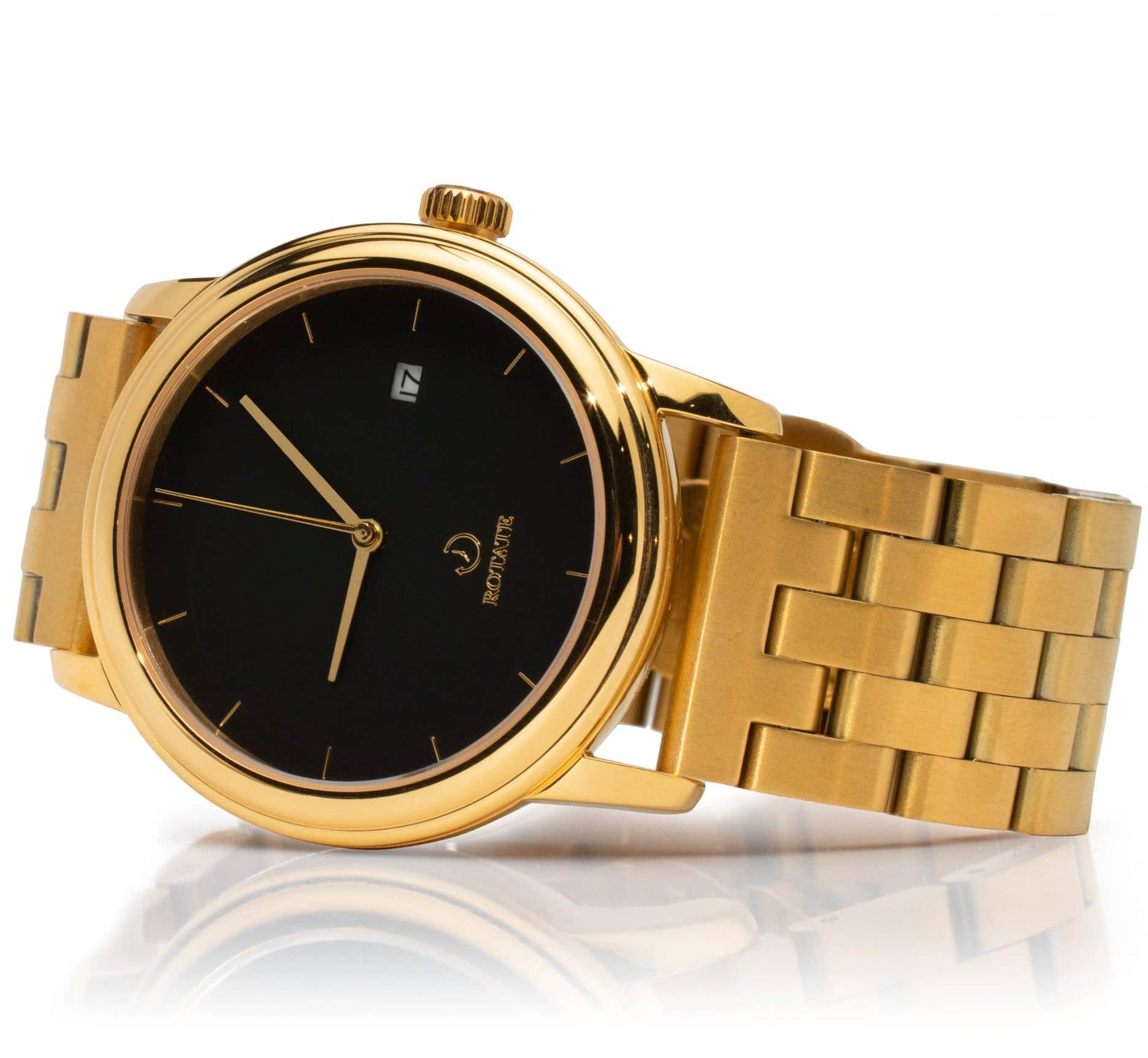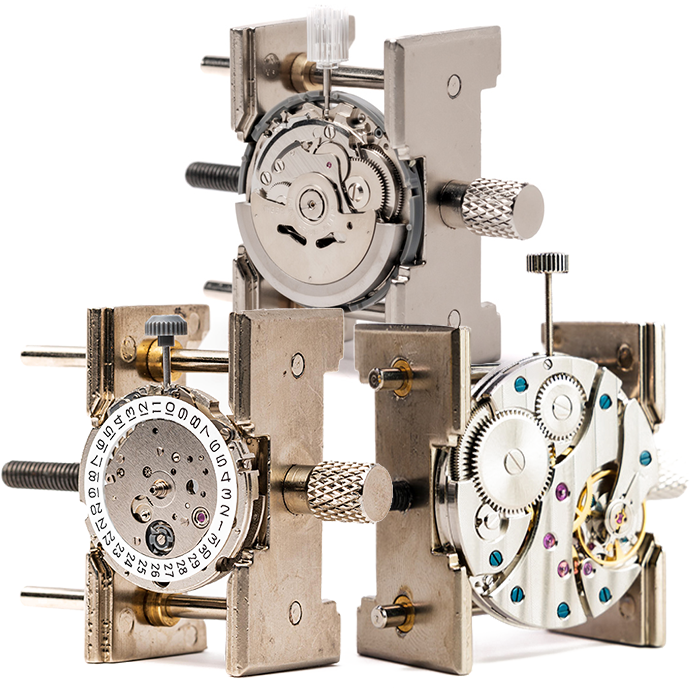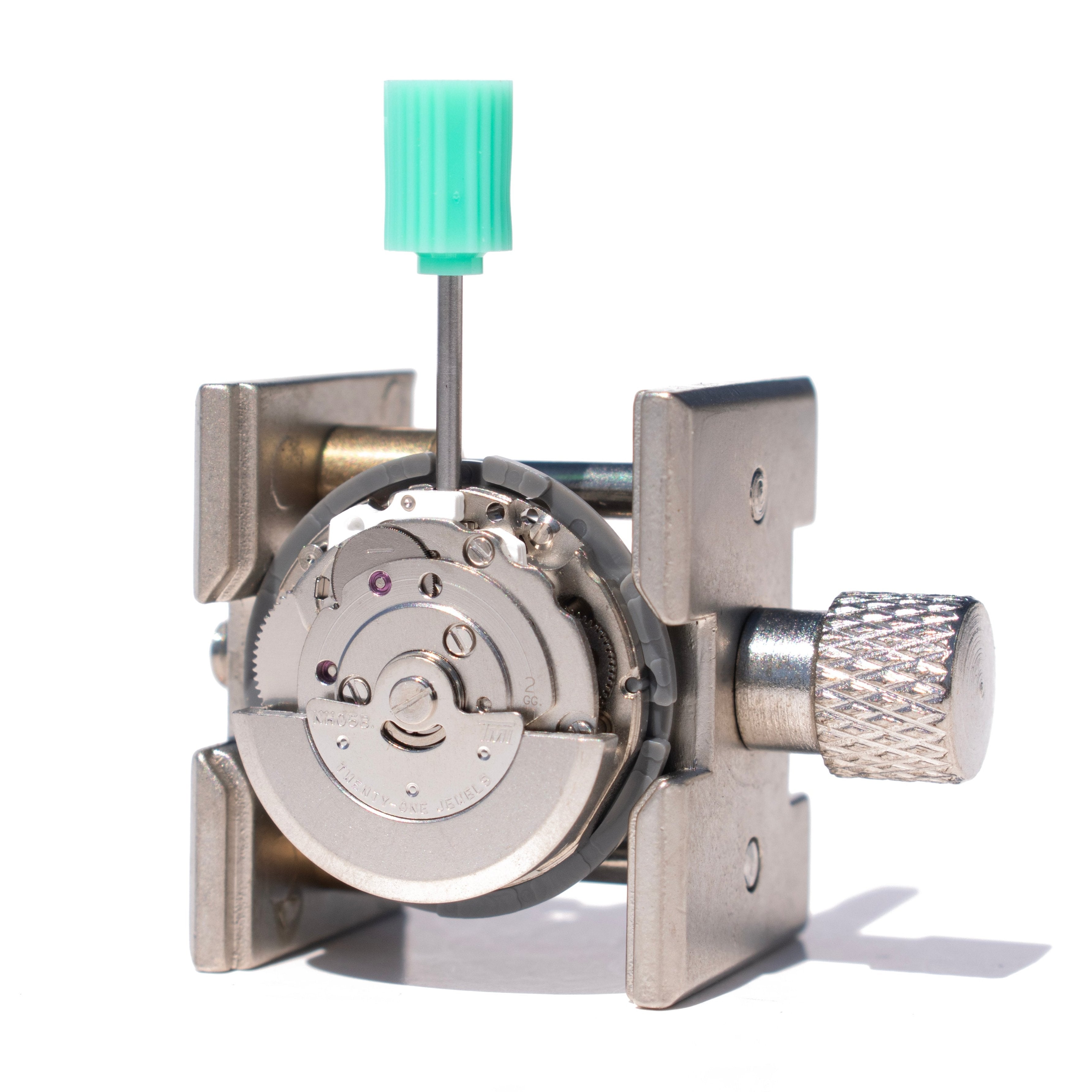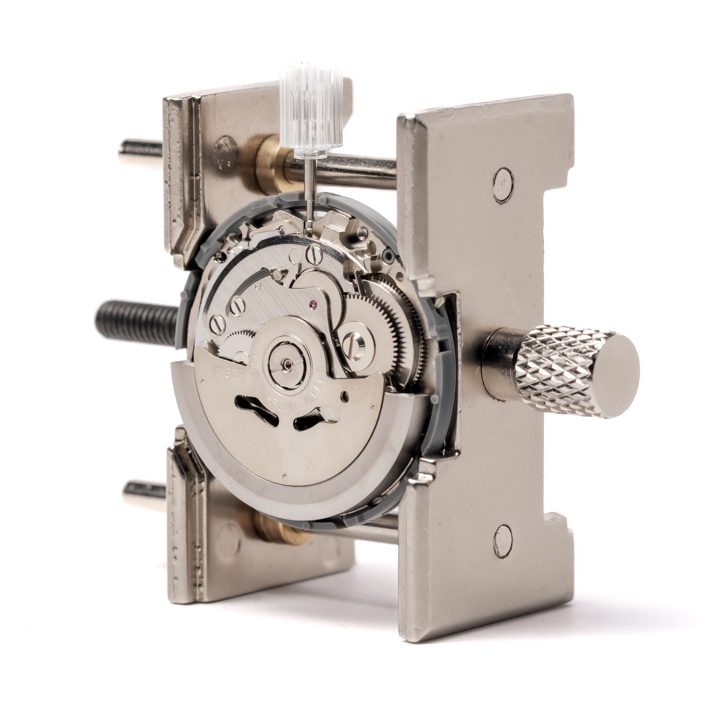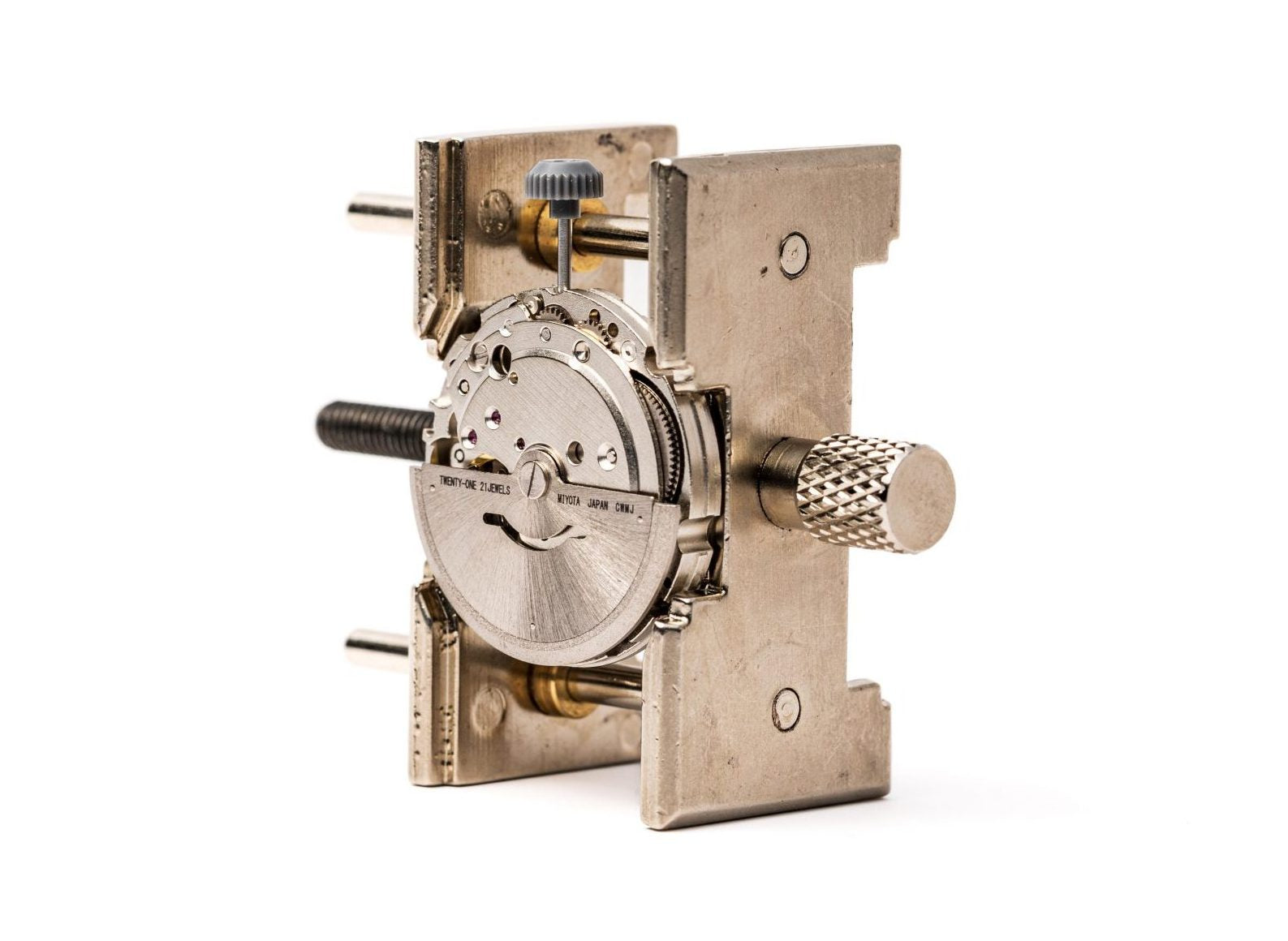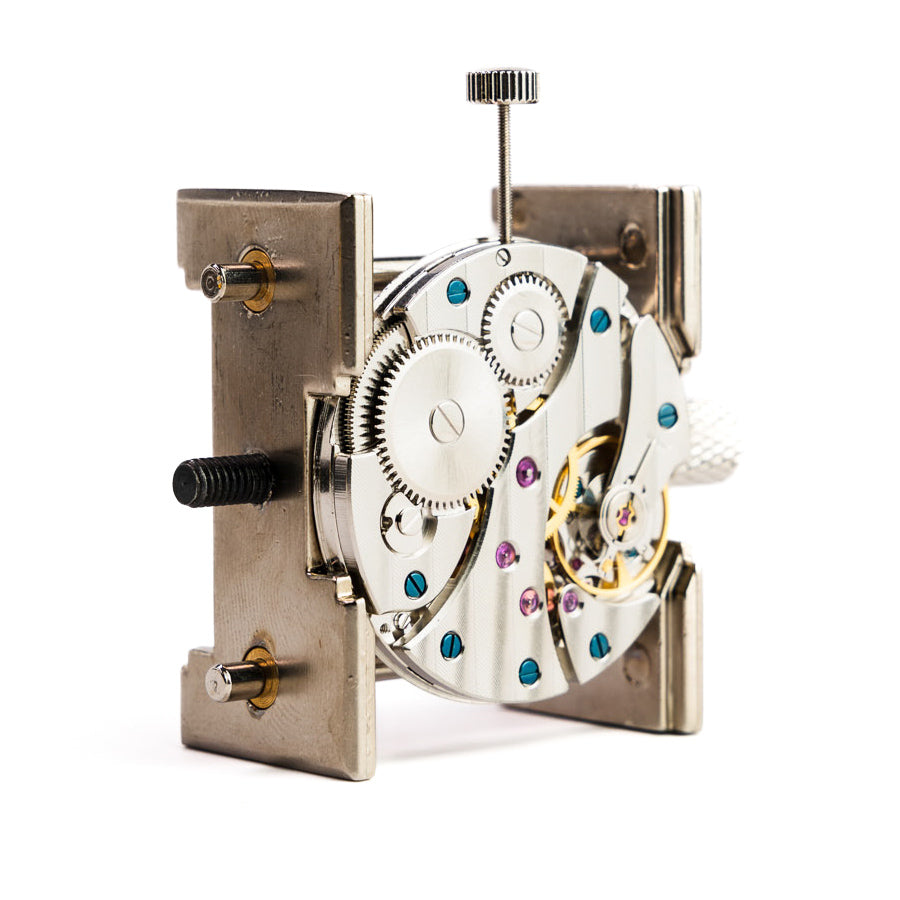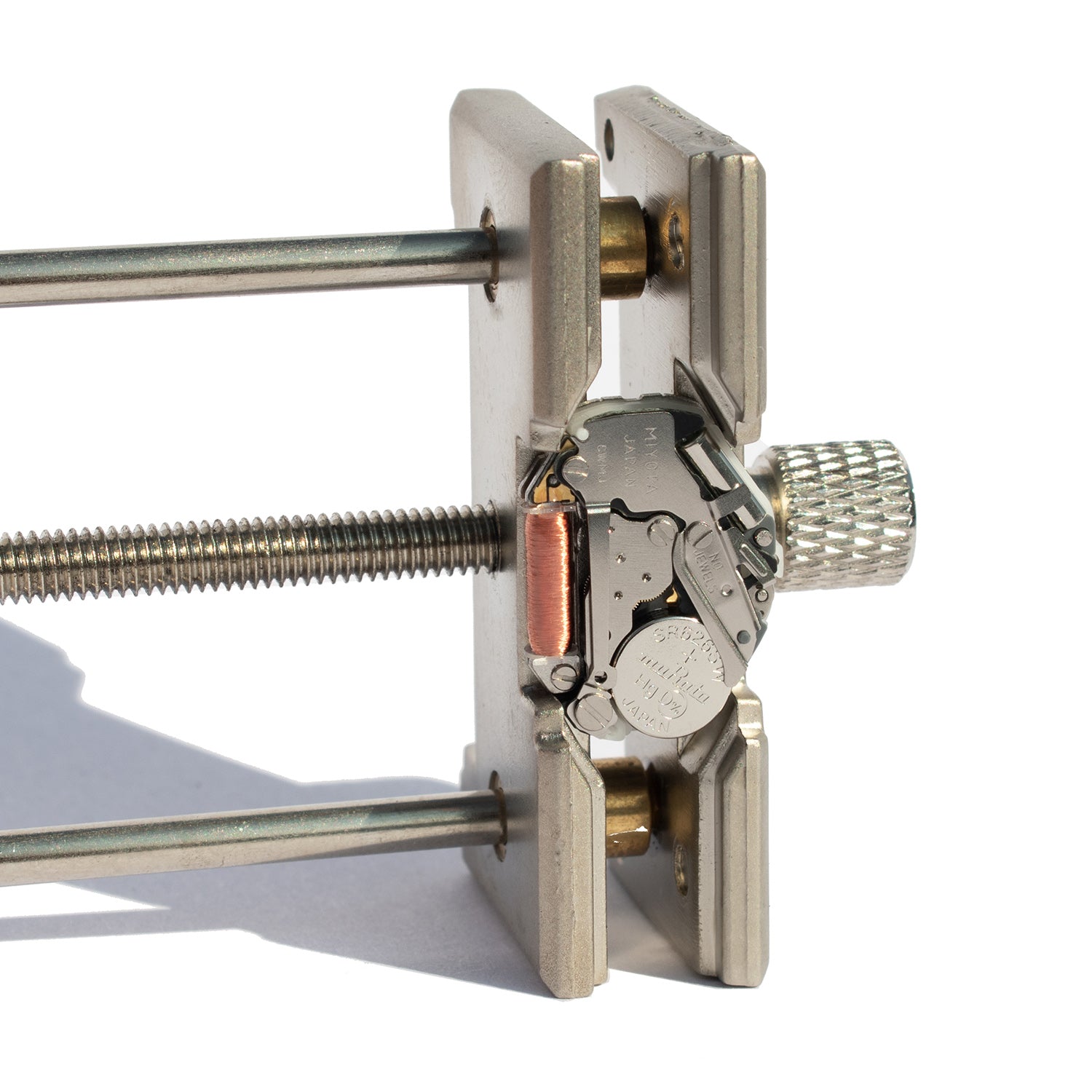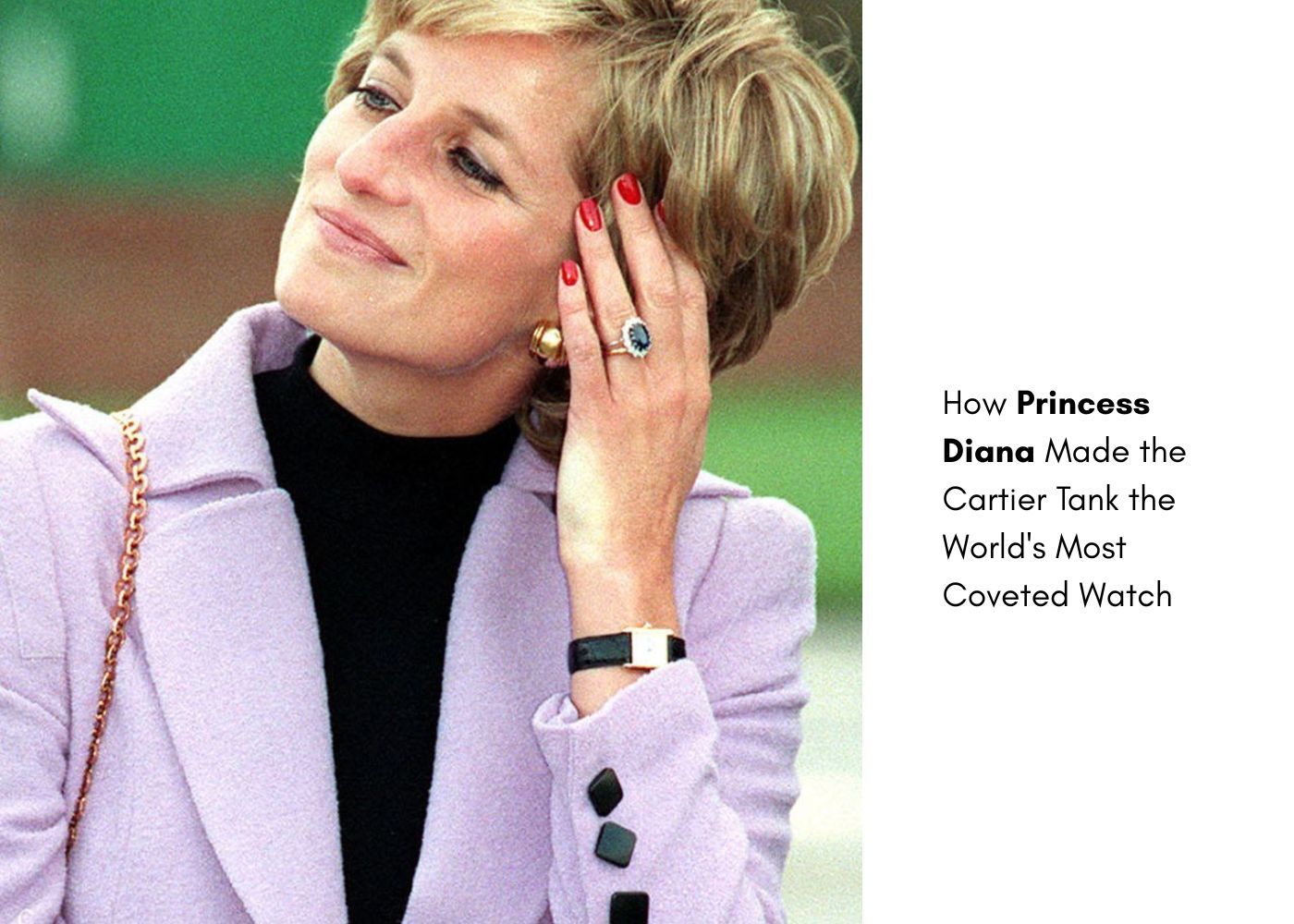
The Cartier Tank Watch: A Blend of Fashion and Functionality
The Cartier Tank watch stands alone in watchmaking history. No other timepiece has achieved such perfect balance between military inspiration and luxurious elegance. Since 1917, this rectangular masterpiece has graced the wrists of royalty, celebrities, and watch enthusiasts who understand that true style never goes out of fashion.
Cartier Tank craftsmanship represents more than just luxury watch making. It embodies a design philosophy that transformed an entire industry. When Louis Cartier drew inspiration from World War I tanks, he created something that would outlast empires and influence watch design for over a century.
For DIY watch enthusiasts and collectors, understanding the Tank means appreciating what separates genuine artistry from mass production. Every aspect, from the intricate details in the Roman numerals to the precision of the case proportions, tells a story about what makes watches truly special.
Can't spend 3000$ or higher? Looking for an alternative tank style watch? Check out the Alden here.
The Revolutionary Birth of Cartier Tank, an Icon
The 1917 Inspiration That Changed Everything
War rarely inspires beauty, but 1917 proved the exception. Three years into World War I, Louis Cartier watched Renault FT-17 tanks crossing European battlefields and saw something others missed. The stark geometry of these military vehicles sparked an idea that would revolutionize watch design forever.
The tank's functional elements became the Cartier Tank watch DNA. Those wide caterpillar treads transformed into the vertical brancards that frame the dial. The rotating turret became the rectangular case, while the tank's utilitarian efficiency inspired the clean, uncluttered dial layout that remains unchanged today.
From Battlefield to Boardroom
Louis Cartier's genius lay in recognizing that post-war society needed something completely different. Traditional pocket watches felt outdated, and existing wrist watches looked too feminine or ornate for modern tastes. The Tank offered masculine strength wrapped in sophisticated elegance.
The first prototype went to American General John Pershing in 1918, making it both a diplomatic gift and a marketing masterstroke. When production began in 1919 with just six handcrafted pieces, Cartier Tank craftsmanship set standards that persist today.
Breaking Every Rule in the Book
The Cartier Tank watch challenged every assumption about what watches should look like. Round cases dominated the market, but Cartier embraced the rectangle. Ornate decoration was expected, but the Tank chose minimalist elegance. Curved lines felt safe, but straight edges created something revolutionary.
Watch design experts still study how the Tank achieved such perfect proportions. The mathematical relationships between case width, length, and dial spacing create visual harmony that seems effortless but requires countless refinements to perfect.
Design Elements of the Cartier Tank
Roman Numerals
The Cartier Tank watch uses Roman numerals unlike any other timepiece. Instead of traditional circular placement, they stretch vertically to emphasize the rectangular case. The numerals aren't just functional - they're architectural elements that define the entire composition.
Intricate details in the numeral design include specific font weights and proportions that work only with Tank cases. The "VII" and "VIII" at 7 and 8 o'clock create visual balance, while the "XII" at 12 o'clock anchors the entire dial. Counterfeiters struggle to replicate these proportions correctly.
The Sword Hands
Blued steel sword hands represent one of horology's most recognizable design elements. The shape echoes military weaponry while providing exceptional legibility. Cartier Tank craftsmanship ensures each hand receives individual heat treatment to achieve the perfect blue coloration.
The hands' proportions change slightly between Tank models, but the essential sword shape remains constant. Length, width, and tip sharpness all follow specific formulas that maintain visual balance across different case sizes.
Brancards
The vertical bars flanking the Tank dial aren't purely aesthetic. These brancards provide structural reinforcement while creating seamless strap integration. Luxury watch making rarely achieves such a perfect marriage of form and function.
Modern Tank models use the brancards to house critical components like crowns and pushers. The integration requires precise engineering that maintains the clean lines while accommodating mechanical necessities.
The Railway Track That Guides Time
Minute markers form a railway track around the Tank dial's perimeter, another reference to transportation themes. The precise spacing and proportions create visual rhythm that guides the eye naturally around the dial. Watch design students study this element as masterful use of negative space.
The Complete Tank Family Tree
Tank Louis Cartier
Introduced in 1922, the Tank Louis Cartier refined the 1917 prototype into the definitive Tank expression. Every subsequent model references this design, making it the most important Cartier Tank watch in the collection. The proportions established here became the golden standard for rectangular timepieces.
Cartier Tank craftsmanship reached maturity with the Louis Cartier. Case finishing, dial layout, and strap integration achieved levels that competitors still struggle to match. The model remains virtually unchanged because perfection needs no improvement.
Tank Américaine
The 1989 Tank Américaine stretched the original concept with an elongated, curved case designed to follow wrist contours. The 1920s Tank Cintrée inspired this design, but modern manufacturing allowed more dramatic curves that earlier technology couldn't achieve.
Only precious metals initially housed the Américaine movement, emphasizing its premium positioning. The curved case required new manufacturing techniques that demonstrated Cartier's commitment to innovation within tradition.
Tank Française
1995's Tank Française brought an athletic edge to the collection through its integrated metal bracelet. The links resembled tank treads, creating visual continuity with the military inspiration while offering sporty functionality.
Intricate details in bracelet construction required significant engineering investment. Each link needed precise fit while maintaining flexibility and comfort. The result transformed the Tank from dress watch to daily companion.
Tank Anglaise
2012's Tank Anglaise represented the most dramatic departure from classic Tank design. The integrated crown eliminated the traditional protruding element, creating smoother lines that divided opinion among purists.
The crown integration required completely new case architecture while maintaining water resistance and winding functionality. Watch design innovation met practical engineering in ways that pushed traditional boundaries.
Tank MC
The 2013 Tank MC targeted the large watch trend without abandoning Tank DNA. Expanded dimensions accommodated additional complications like small seconds and date displays while maintaining proportional harmony.
Luxury watch making met contemporary preferences through the MC, proving that classic designs could adapt to changing tastes without losing essential character.
Must de Cartier
The 1970s Must de Cartier line democratized Tank ownership during the quartz crisis. While traditionalists preferred mechanical movements, quartz offered practical advantages that expanded the Tank's appeal beyond traditional luxury customers.
Cartier Tank craftsmanship ensured even battery-powered models maintained construction quality. The Must proved that accessible pricing didn't require compromised standards.
Materials of Cartier Tank
Steel
Stainless steel Tank models provide accessible entry points while maintaining luxury watch making standards. The steel undergoes multiple finishing processes creating surfaces that resist scratches while developing attractive patina over time.
Case finishing includes alternating brushed and polished surfaces that create visual interest while disguising minor wear. The steel quality matches precious metal models, proving that material cost doesn't determine manufacturing standards.
Gold
Yellow gold, rose gold, and white gold Tank models showcase precious metal working at its finest. Each metal requires different techniques during case manufacturing, from initial forming through final polishing.
Cartier Tank craftsmanship ensures consistent quality across all gold variants. Hand-finishing details that machines cannot replicate create the subtle differences that separate luxury from mass production.
Platinum
Platinum Tank models represent the pinnacle of luxury watch making materials. The metal's density creates substantial wrist presence while its durability ensures lasting beauty. Platinum's rarity makes these Tank models highly sought after by serious collectors.
Working with platinum requires specialized tools and techniques that few manufacturers master. The investment in equipment and training demonstrates Cartier's commitment to offering the ultimate luxury experience.
Leather Straps
Cartier sources premium hides from renowned tanneries, employing traditional techniques for cutting and stitching. Strap integration with Tank cases requires precise measurements that affect both comfort and aesthetics.
Intricate details include hand-stitched edges and carefully selected buckles that complement each case material. The straps age gracefully, developing character that enhances the overall wearing experience.
Movements of the Cartier Tank
Mechanical Heritage
Early Cartier Tank watch models used manual-winding movements sourced from respected Swiss manufacturers like Jaeger-LeCoultre and Piaget. Luxury watch making traditions emphasized thin profiles that complemented the Tank's sleek case design.
Movement decoration included hand-finished details visible through exhibition case backs on select models. Bridges received geneva stripes while rotors featured Cartier's signature patterns.
The Quartz Revolution
Quartz technology arrived with the Must de Cartier line during the 1970s crisis. While purists preferred mechanical movements, quartz offered accuracy and convenience that attracted new audiences to the Tank family.
Cartier Tank craftsmanship maintained luxury standards even with battery power. Case construction and finishing remained identical to mechanical models, proving that movement type doesn't determine overall quality.
Modern Automatic Excellence
Contemporary automatic Tank models feature the Caliber 1847 MC, representing in-house watch design and manufacturing capability. The movement provides 42-hour power reserve while maintaining the thin profile essential for Tank aesthetics.
Intricate details include hand-finished rotor decoration and Swiss-made component quality throughout. The movement represents Cartier's commitment to controlling every aspect of production.
Solar Innovation
Recent SolarBeat models integrate solar technology seamlessly into traditional watch design. The cells hide within Roman numerals, maintaining classic aesthetics while providing 16-year operation from light exposure alone.
Luxury watch making embraces sustainability without compromising beauty. The SolarBeat proves that innovation can respect heritage while addressing contemporary concerns.
Cultural Impact and Celebrity Connection of Cartier Tank
Jackie Kennedy
Jackie Kennedy's Tank Louis Cartier appeared in countless photographs, associating the timepiece with American sophistication and grace. Her influence extended the Tank's appeal beyond traditional luxury audiences to mainstream American culture.
The Cartier Tank watch became synonymous with understated elegance through Jackie's example. Her preference for simple, classic pieces elevated the Tank's status among style-conscious Americans.
Princess Diana
Princess Diana's Tank collection included multiple models worn during public appearances. The Cartier Tank craftsmanship withstood intense media scrutiny while maintaining flawless appearance throughout decades of royal duties.
Diana's watches later passed to Meghan Markle, continuing the Tank's royal connections across generations. The inheritance demonstrated how Tank watches become family heirlooms rather than mere accessories.
Andy Warhol
Andy Warhol famously never wound his Tank, wearing it purely as artistic statement. His approach highlighted how watch design transcends timekeeping function to become cultural expression.
Warhol's influence brought the Tank into contemporary art conversations where it remains relevant today. The watch appeared in his artwork and personal photography, cementing its status as a cultural icon.
Hollywood's Golden Choice
Cary Grant, Tom Hanks, and countless other stars chose Tank watches for both on-screen and personal wear. Luxury watch making rarely achieves such broad entertainment industry adoption across multiple decades.
The Tank's photogenic qualities make it ideal for close-up shots while its universal appeal crosses demographic boundaries that usually segment watch markets.
Investment Potential and Market Dynamics
Vintage Value Appreciation
Cartier Tank watch models from the 1970s-80s have appreciated significantly, especially precious metal versions with original papers and boxes. The combination of historical importance and increasing scarcity drives collector interest.
Condition remains crucial for Tank values since large case surfaces show wear easily. Intricate details like original crown stones and unbrushed case sides significantly impact pricing in secondary markets.
Limited Edition Premiums
Special releases and discontinued models offer the strongest appreciation potential. The Cartier Tank craftsmanship ensures long-term durability that supports collector confidence in vintage pieces.
Watch design classics tend to outlast trend-driven pieces in resale markets. The Tank's timeless appeal protects values better than fashion-oriented timepieces.
Market Positioning Strategy
Luxury watch making heritage gives Cartier advantages in brand recognition and dealer support. Authorized service networks maintain Tank models indefinitely, providing long-term ownership confidence.
Professional restoration services can revive even seriously damaged vintage Tank watches, maintaining their viability as collectible timepieces.
The Complete Buying Guide for Cartier Tank
Size Selection Mastery
The Cartier Tank watch wears larger than dimensions suggest due to rectangular shape and extended lugs. Small models work well on 6-inch wrists while large versions suit 7+ inch measurements.
Watch design proportions create visual impact beyond actual case size. The rectangular face draws attention more effectively than equivalent round watches.
Choosing Between Quartz and Mechanical
Quartz Tank models offer convenience and accuracy perfect for daily wear. Battery life extends 2-3 years while accuracy remains within seconds per month. Mechanical versions provide traditional luxury watch making appeal but require regular winding and periodic service.
Cartier Tank craftsmanship maintains quality standards regardless of movement type. The choice depends on personal preference rather than construction quality.
New vs. Pre-Owned Considerations
New Tank watches include full warranty coverage and authentic documentation from authorized dealers. Pre-owned examples offer better value but require careful authentication and condition assessment.
Intricate details in packaging and papers add value to complete sets while watch-only examples provide pure wearing enjoyment at lower cost.
Authentication Essentials
Authentic Cartier Tank watch models include specific serial number placement and font characteristics. Movement examination reveals genuine Swiss markings and finishing levels that copies cannot match economically.
Watch design elements like hand shapes and dial printing follow precise specifications that fakes typically miss. Professional authentication services provide confidence for significant purchases.
Care and Maintenance of a Cartier Tank
Daily Wearing Best Practices
The Cartier Tank watch tolerates daily wear remarkably well when basic precautions are followed. Avoid extreme temperatures and magnetic fields that can affect movement accuracy. Remove the watch during sports or manual labor to prevent case damage.
Cartier Tank craftsmanship includes robust construction, but precious metals scratch more easily than stainless steel. Rotate between multiple watches to extend each one's lifespan.
Professional Service Requirements
Mechanical Tank models need professional servicing every 4-5 years to maintain optimal performance. Costs typically range from $600-$1,200 depending on movement complexity and required repairs.
Luxury watch making standards require authentic parts and trained technicians. Authorized Cartier service centers provide proper care that maintains warranty coverage and long-term value.
Storage and Protection
Proper storage protects Tank watches from dust, moisture, and magnetic interference. Watch winders maintain automatic models while preventing lubricant migration during extended storage periods.
Intricate details like leather straps benefit from climate-controlled environments that prevent cracking and discoloration. Proper care extends strap life significantly.
Water Resistance
Most Tank models offer limited water resistance suitable for hand washing and rain exposure. Swimming and showering exceed design parameters for dress watches.
Watch design priorities emphasize elegance over sports functionality. Understanding limitations prevents damage that compromises the Tank's refined appearance.
Modern, Cartier Tank Collection Overview
Current Model Lineup
Today's Cartier Tank watch collection includes Solo, Must, Louis Cartier, and Américaine models across various sizes and materials. Watch design continues evolving while respecting historical elements that define Tank DNA.
New releases typically arrive during major watch fairs with limited initial availability. The collection balances heritage models with innovative pieces that push boundaries.
Pricing Structure Analysis
The Tank Must line provides accessible entry points starting around $3,300 for steel quartz models. Cartier Tank craftsmanship maintains luxury standards even at lower price points.
Precious metal automatic versions command significantly higher prices, reaching $20,000+ for complex models. The range accommodates different budgets while maintaining quality consistency.
Future Design Direction
Luxury watch making at Cartier continues respecting Tank heritage while incorporating contemporary technology. Solar movements and new materials expand possibilities without compromising aesthetic integrity.
Limited editions and special releases showcase advanced techniques that often influence future regular production models. Innovation works within established watch design parameters.
Availability and Waiting Lists
Popular Tank models experience strong demand that creates waiting lists at authorized dealers. Limited production maintains exclusivity while supporting long-term value retention.
Intricate details in manufacturing require time that mass production cannot match. Quality standards take precedence over quantity targets.
The Tank's Enduring Legacy
The Cartier Tank watch represents more than just a timepiece - it embodies a design philosophy that proved geometric purity could achieve timeless elegance. From its 1917 battlefield inspiration to today's solar-powered innovations, the Tank has consistently demonstrated that great watch design transcends temporary trends.
Cartier Tank craftsmanship continues setting standards that competitors struggle to match. The combination of French design sensibility and Swiss manufacturing precision creates something unique in luxury watch making. Every intricate detail, from Roman numeral proportions to case finishing techniques, reflects over a century of refinement.
For watch enthusiasts, the Tank offers entry into genuine luxury that appreciates in both value and personal satisfaction. Whether choosing a vintage Louis Cartier or contemporary Must model, owners join a tradition that connects them to royalty, artists, and style icons across multiple generations.
The Tank's rectangular case will continue challenging round watch conventions while its clean aesthetics resist the decorative excess that dates lesser designs. In a world of constant change, the Cartier Tank watch remains reassuringly constant - proof that perfection needs no improvement.
FAQ
What makes Cartier Tank craftsmanship different from other luxury watch brands?
Cartier Tank craftsmanship emphasizes jewelry-making techniques alongside traditional watchmaking skills, creating finishing standards that exceed pure watch manufacturers. The brand's heritage in precious metals and gemstone setting brings additional expertise to case construction and dial decoration.
Each Tank receives individual attention during assembly, with hand-finishing details that machines cannot replicate. The combination of French design sensibility and Swiss manufacturing precision creates a unique approach that balances artistic expression with mechanical reliability, setting Cartier apart from competitors who focus solely on horological complications.
How does the rectangular watch design affect daily wearing comfort compared to round watches?
The Cartier Tank watch rectangular shape actually enhances wearing comfort for many people because the case follows natural wrist contours better than bulky round watches. The extended lugs distribute weight evenly while the thin profile slips easily under shirt cuffs during business wear.
Watch design proportions avoid the bulk that large round cases create, making Tank models suitable for 24/7 wearing without the wrist fatigue that oversized sports watches can cause. However, some people initially notice the different feel compared to round watches, though most adapt quickly and prefer the Tank's elegant presence that feels more like jewelry than tool.
Which Tank model offers the best value for someone entering luxury watch collecting?
The Tank Must in stainless steel with quartz movement provides exceptional entry value, offering authentic Cartier Tank craftsmanship at accessible pricing around $3,300-$3,500 retail.
Luxury watch making standards remain consistent across the Tank range, so Must models receive the same case finishing and assembly quality as precious metal versions costing three times more. The quartz movement eliminates maintenance concerns while providing superior accuracy for daily wear, and steel construction offers durability advantages over gold while the classic proportions ensure timeless appeal.
This combination makes the Must ideal for first-time luxury buyers who want genuine Cartier quality without premium pricing.
How often does a Cartier Tank watch need professional servicing and what does it cost?
Mechanical Cartier Tank watch models require professional servicing every 4-5 years to maintain optimal performance and water resistance, with costs typically ranging from $600-$1,200 depending on movement complexity and case material.
Quartz models need battery replacement every 2-3 years plus periodic sealing checks to maintain water resistance, costing $200-$400 for complete service. Intricate details like crown gaskets and crystal sealing require attention during service intervals to prevent moisture damage.
Authorized Cartier service centers provide authentic parts and maintain detailed service records that support long-term value retention, making professional service worthwhile despite higher costs than independent repair shops.
What specific details should I examine when buying a vintage Cartier Tank to ensure authenticity?
Authentic vintage Cartier Tank watch models include specific serial number placement on the case back with particular font characteristics and engraving depth that counterfeiters rarely replicate correctly.
Watch design elements like hand shapes, Roman numeral proportions, and crown stone cutting follow precise specifications that fakes typically miss due to cost constraints. Movement examination reveals Swiss markings and finishing levels that copies cannot match economically, including proper jewel settings and decorated bridges.
Cartier Tank craftsmanship creates quality markers in case construction including proper bracelet integration, consistent finishing patterns, and correct proportional relationships that experienced collectors recognize immediately through hands-on inspection and comparison with known authentic examples.
How does the Tank's rectangular design influence its accuracy and timekeeping compared to round watch movements?
The Cartier Tank watch rectangular case design doesn't directly affect movement accuracy since the internal mechanism remains circular regardless of external case shape, but it does influence movement selection and positioning within the case structure.
Luxury watch making requires careful consideration of movement placement to achieve proper hand alignment and crown operation in rectangular cases, often necessitating modified movement shapes or positions.
Modern Tank models use movements specifically designed or modified for rectangular applications, ensuring optimal performance without compromising accuracy compared to round cases.
Intricate details in movement mounting and hand fitting require additional precision compared to round cases, but properly executed rectangular watches achieve accuracy levels matching any round timepiece while offering superior aesthetic appeal for formal wear.


